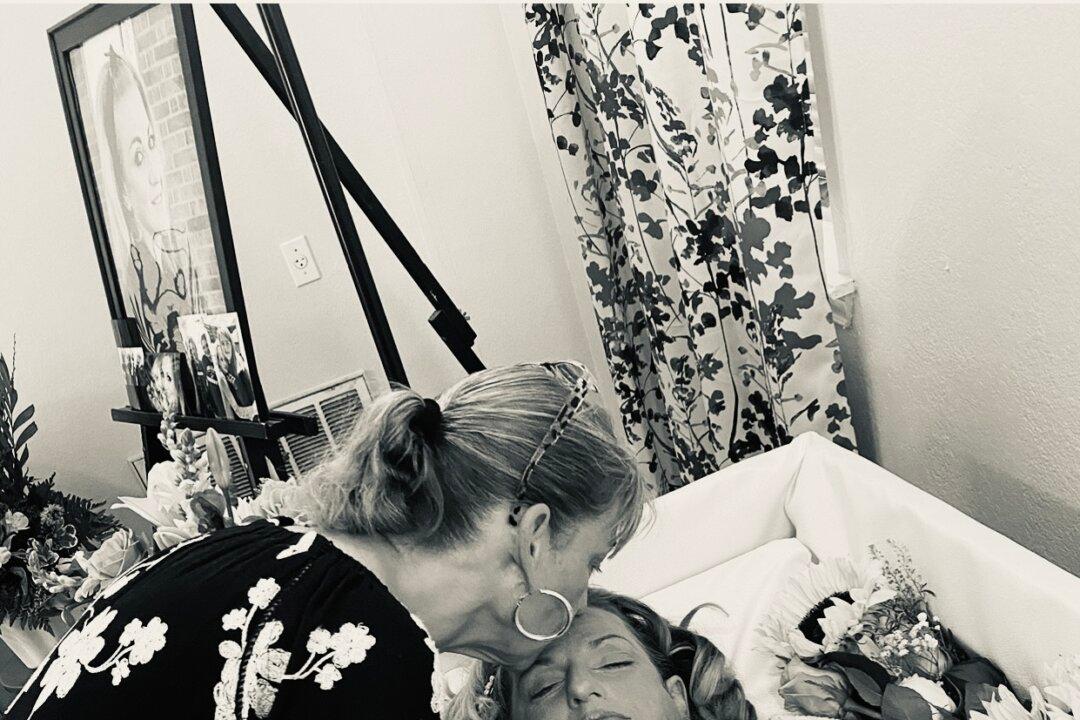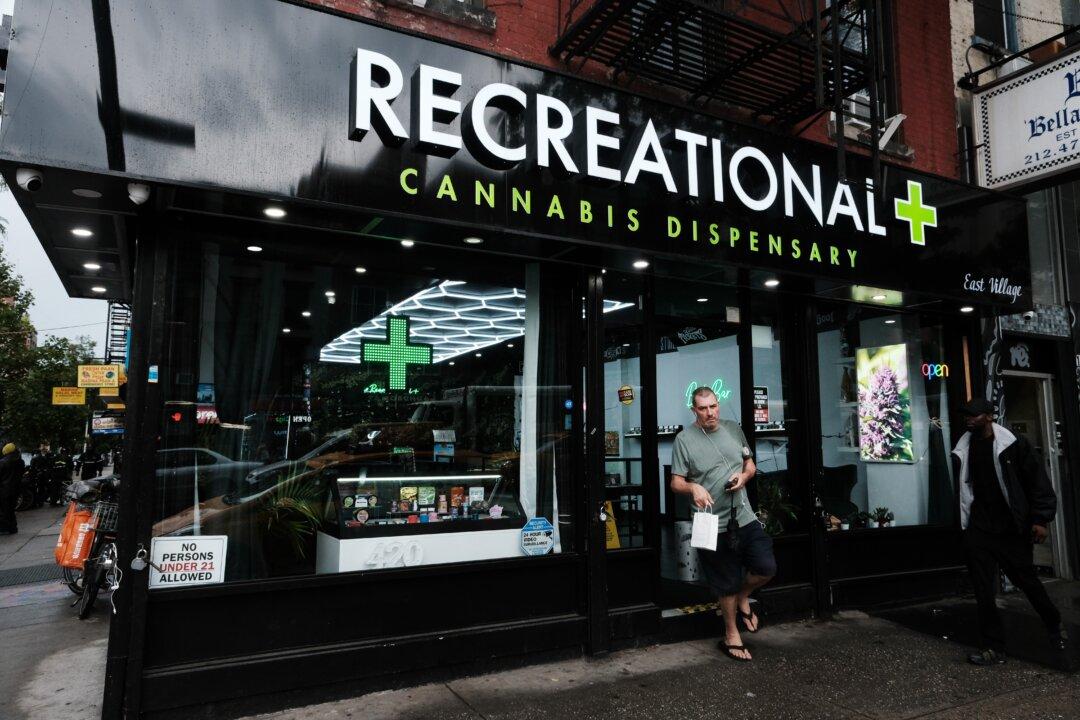Lisa Almond was sound asleep when her 30-year-old daughter opened the bedroom door to tell her the news no parent should ever hear.
“My legs felt like they weighed 100 pounds each,” Ms. Almond of Austin, Texas, told the Epoch Times. “And I knew. She didn’t even have to say anything. I knew by her voice what she was going to tell me.”





